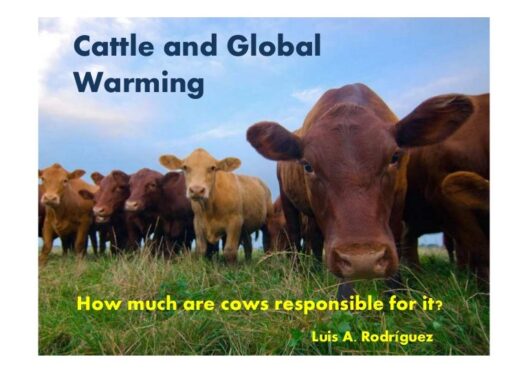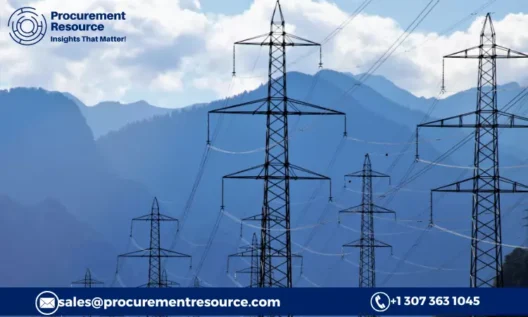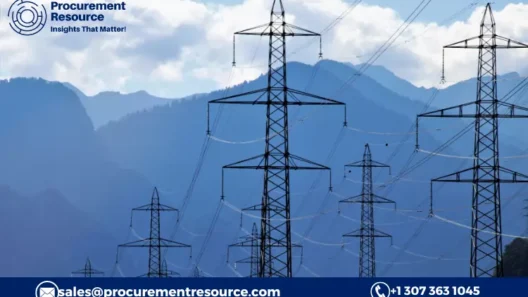The intensifying repercussions of climate change are manifesting in unpredictable weather patterns, rising sea levels, and extreme natural disasters. In current discourse, the imperative to transition to renewable energy sources emerges as a pivotal solution in addressing global warming. The question arises: how can renewable energy halt this inexorable trajectory towards environmental degradation? The exploration of renewable energy systems promises not merely to alleviate the challenges posed by climate change but to engender a future that is both sustainably robust and technologically advanced.
At the crux of the renewable energy movement lies its profound ability to substantially reduce greenhouse gas emissions, primarily carbon dioxide (CO2), which represent one of the foremost contributors to global warming. Traditional fossil fuel sources—coal, oil, and natural gas—are integral to the anthropogenic emissions that have precipitated climate crises. Renewable energy, by contrast, embodies a paradigm shift, utilizing inexhaustible resources such as solar, wind, hydro, and geothermal power. The immediacy of this transition cannot be overstated. The very technologies that harness these renewable sources are rapidly evolving, becoming more efficient and economically viable.
Solar energy, for instance, has witnessed an unprecedented surge in technological advancements. Photovoltaic cells, once prohibitively expensive, are now produced at scale, leading to dramatic reductions in overall costs. Homeowners and enterprises alike are increasingly adopting solar panels, generating electricity that is clean and sustainable. The excitement surrounding solar energy is palpable, not just because of its environmental benefits, but due to the democratization of energy. Individuals can now take charge of their energy production, reducing dependency on fossil fuels and the vulnerable supplies controlled by geopolitical tensions.
Wind energy represents another avenue of promise—one that is tethered to both technological sophistication and ecological consideration. Wind turbines have evolved to harness greater amounts of kinetic energy with less environmental disruption. Offshore wind farms, in particular, have gained traction, capitalizing on the faster and more consistent winds that reside over oceans. This not only provides vast amounts of energy, but the integration of creature-friendly designs shields local wildlife from potential harm. Through such innovative approaches, the wind power sector has managed to carve out a niche that prioritizes both clean energy production and ecological stewardship.
Hydropower, while one of the oldest forms of renewable energy, is also undergoing re-evaluation in light of its potential impacts on ecosystems. Traditional large dams often disrupt local flora and fauna, leading to biodiversity loss. However, new hydropower technologies, such as small-scale or run-of-the-river systems, promise to harness the energy of flowing water without significant ecological footprints. These methodologies present an intriguing intersection of energy generation and environmental preservation, showcasing how innovation can mirror natural paradigms.
Geothermal energy, lesser-known but equally promising, taps into the Earth’s internal heat. It provides a consistent and stable energy source, distinguishing itself from the intermittency challenges faced by solar and wind power. By accessing the geothermal reservoirs beneath our feet, we can generate electricity with minimal emissions while simultaneously providing heating solutions for residential and commercial uses. This energy source could play a significant role in areas with volcanic activity and geothermal reservoirs, proving that context is vital in energy strategy refinement.
The integration of these renewable technologies into our energy systems is not merely an environmental imperative; it also corresponds to intricate socio-economic benefits. Transitioning to a green energy economy can propel job creation, invigorate local economies, and stimulate innovation. Renewable energy sectors employ increasingly diverse skill sets, from engineering and installation to maintenance and operations. This shift towards a greener workforce underscores how sustainability can provide economic opportunities alongside environmental benefit.
Moreover, the transition to renewables heralds significant democratization of energy production. In contrast to the centralized models of fossil fuel supply, renewable sources enable localized power generation. This means that communities can achieve energy independence, lessening their vulnerability to global market fluctuations. The prospect of investing in local energy initiatives fosters community engagement, heightening awareness surrounding energy consumption and environmental responsibility.
The road ahead, however, is not without its challenges. Infrastructure investments are necessary to accommodate the increased demand for renewable sources. Existing grids must evolve to integrate diverse energy inputs effectively. This shift requires comprehensive policy frameworks and public-private partnerships dedicated to supporting this transition. As governments across the globe recognize the gravity of climate change, legislative measures are increasingly aligned with renewable energy goals, rendering us closer to realizing these ambitious objectives.
In conclusion, the promise of renewable energy as a linchpin in combating global warming is clear. Its multifaceted advantages span technical, environmental, social, and economic realms. By prioritizing renewable solutions, we can mitigate the adverse effects of climate change while simultaneously fostering a future that thrives on sustainability. The transition toward a clean energy economy isn’t merely an aspiration—it’s an achievable reality, ripe with opportunity. As awareness and action proliferate, the question is no longer if we will embrace renewable energy, but rather when and how decisively we will do so.







